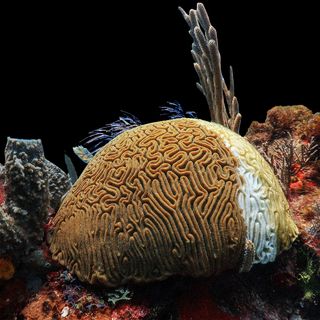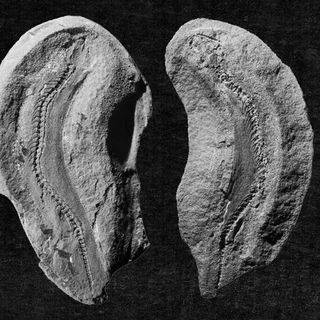New research suggests that commercial, non-selective fishing gear — or equipment that doesn’t target a particular species — is accidentally trapping millions of seahorses every year on Indian shores, despite the catch and trading of the species being banned in India.
Published in Biodiversity and Conservation, the study found that 13 million individual seahorses may have been caught as bycatch every year between 2015 and 2017 — mostly in Tamil Nadu. “Bycatch,” or “incidental catch” refers to commercial fishing nets and hooks accidentally catching any marine species. Bycatch of seahorses is particularly common in India, and around the world. Earlier, 16.76 million seahorses were caught every year from all across the country.
What makes the present statistics more jarring is that they reflect the state of affairs after India banned the catching of and trading in seahorses in 2001 — when the species was placed under India’s Wildlife Protection Act, 1972 as an “endangered species.”
But experts have raised concerns about the limitations of using bans as a conservation strategy — because it didn’t take practical concerns, like the issue of bycatch, into account. In other words, laws and regulations can only do so much when fishing nets accidentally catch organisms.
“If a species is incidentally captured in fishing gear, protecting the species and banning its capture is going to do very little — it will continue to come as bycatch,” Trisha Gupta, a doctoral student at the Oxford University, who was not involved in the study, told Mongabay.
Related on The Swaddle:
Fishing Vessels Are Using Banned Nets in the Indian Ocean, a Greenpeace Investigation Finds
Researchers of the present study noted that the ban has been successful in limiting the intentional trading of seahorses through diving and other measures, but “any alleviation in such pressures appears to have been offset by the increased intensity of non-selective fishing such as trawling in recent years,” said Tanvi Vaidyanathan, a Ph.D. student at Project Seahorse, a marine conservation organization at the University of British Columbia, who co-authored the study.
Trawling is a method of fishing that involves dragging heavy nets across the ocean floor — unwittingly catching endangered species like the seahorses in the process. The findings are thus a reminder that bans in silos have a limited effect; tackling bycatch would thus need a more holistic approach.
“[T]here should [be] a strict implementation of no-trawl zones… We must work on creating selective fisheries that provide more durable food security and economic resources… Possible solutions can range from releasing live seahorses captured in nets, to modifying fishing gear and grounds to reduce their capture,” Vaidyanathan explained, adding, however, that conservation efforts can’t really succeed unless the local fishing community is involved in the process.
“Any bycatch reduction measure has to be developed alongside the fishing community, with their participation and inputs… as long as it’s developed with fisher participation, there’s a higher chance of actually achieving the conservation objectives for these species,” she noted.




